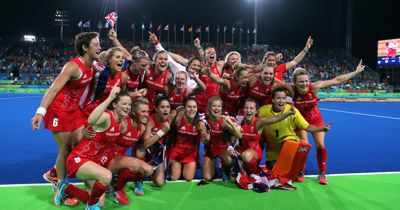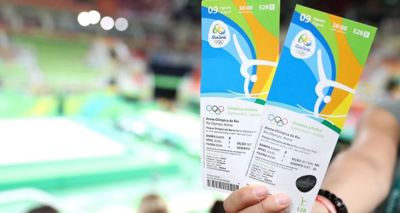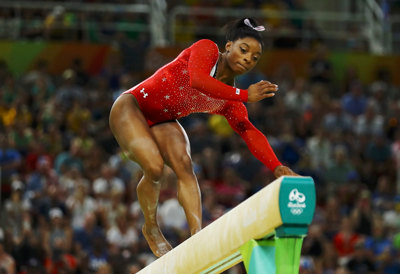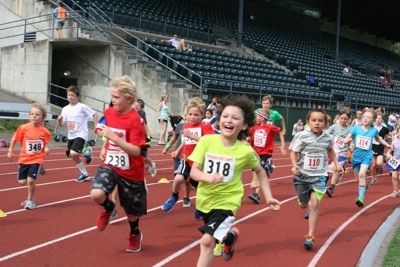We highlight 8 trends that will shape the commercial space in years to come, the picture points to a strong market with significant growth potential, but one where creativity and innovation will be the key traits for success.
Through our support to clients involved in the commercial side of sport, we have noticed rapid and profound changes in the landscape. Below, we highlight 8 trends that will shape the commercial space in years to come. The overall picture points to a strong market with significant growth potential, but one where creativity, innovation and adaptability will be the key traits for success.
- Sponsorship in sport continues to grow: global sponsorship spend reached $62bn in 2017, 1.8 times the spend in 2010 ($35bn). This was fuelled by growth of digital media platforms, economic development in emerging markets, changing consumption habits enabling development of new rights and products, and aggressive new players entering the market. Hyundai jumped from 58th to 15th on the list of biggest spenders in sponsorship from 2014-2015 (~$85m p.a. in the US alone), and Optus have developed a sizeable Australian sponsorship portfolio from scratch in just over two years (~$36m p.a.).
- Rise in premium and non-traditional media: We have seen the biggest growth in value of ‘premium’ properties and a reduction in value of ‘non-premium’ properties. Overall value of premium events has increased by 33%, with some specific examples such as the Premier League going up by an incredible 50% to £8.3bn in 2016. However, this is under-threat from non-traditional media, mainly social media and online where there has been significant growth. For the 2016-2017 NFL season, Twitter live-streamed 10 games achieving ~3.5m viewers. It is also threatened by declining viewer, raising questions over the long-term sustainability of broadcast media and the emerging future media mix.
- Decline of public funding into sport: total investment into grassroots and elite sport has gone down for many sports and is likely to decline even further in the future. Small governing bodies have also lost sponsorship funding (e.g. British Rowing and Siemens) and has forced them to look at creative ways of funding. These include Social Impact Bonds, which have entered the sports market through the Sport Impact Fund: Street League (UK’s leading sport for employment charity) used Social Impact Bonds to successfully raise over £600,000.
- Changing consumer behaviour: what spectators want from their experience is changing, and is evidenced by the growth of more engaging & immersive experiences in stadia to compete with the improved at-home viewing experience. The consumers’ choice of sport is also changing, with rapid growth in sports and events such as e-sports, shorter formats and combat sports (global interest for MMA has increased 18% from 2012 to a total of 348m people). Finally, how people participate in sport is also changing, with individual and casual participation (up 30% in the last 20 years) growing at the expense of participation in team sports.
- Innovation of the deal: premium rights holders are becoming more creative in their pursuit of value, carefully constructing rights packages split by category and geography. Manchester United have long dominated this space with 65 official partners across geographies and categories, and Tokyo 2020 are taking this to the next level with multiple partners in the same category. New types of deals are also being made. More Corporate Social Responsibility programmes are using sport (e.g. Coca-Cola’s £20m investment into getting 1m people active), and we are seeing the use of stadia sponsorships becoming more prolific over traditional shirt deals.
- Corporates looking for new ways to drive value from sponsorship: the sponsorship market is more cluttered and competitive than ever. It is not enough just to be seen, as shown by the low levels of MasterCard recall (24%) amongst MLB fans despite the company’s 20-year involvement in the sport. Sponsors are having to become more and more creative in designing and activating sponsorship rights to achieve cut-through, and form a direct and emotive connection with the consumer. Tech has been a strong enabler of this, and we have started to see the use of Virtual Reality (Jaguar, Samsung etc.) and Artificial Intelligence (IBM) at the cutting edge.
- Measurement and accountability are more important than ever: as the market becomes increasingly competitive, data-driven evidence of Return on Investment and comprehensive tracking of sponsorship properties to measure performance is becoming an imperative. Currently only 11% of sponsors measure impact (and only about half of those do this well), but this figure is set to increase as Commercial Directors become more accountable to their business colleagues and see the opportunities to use measurement to improve the performance of their sporting assets.
- Stronger regulation: Financial regulators are placing more stringent restrictions on the use of hospitality for client entertainment. The industry is therefore having to think creatively about how it sells hospitality spots, and creates value for sponsors within the regulated environment e.g. through using sporting events as an opportunity to showcase their products. However, some major sponsors are simply pulling out as a result, and the industry will have innovate this traditional product.




